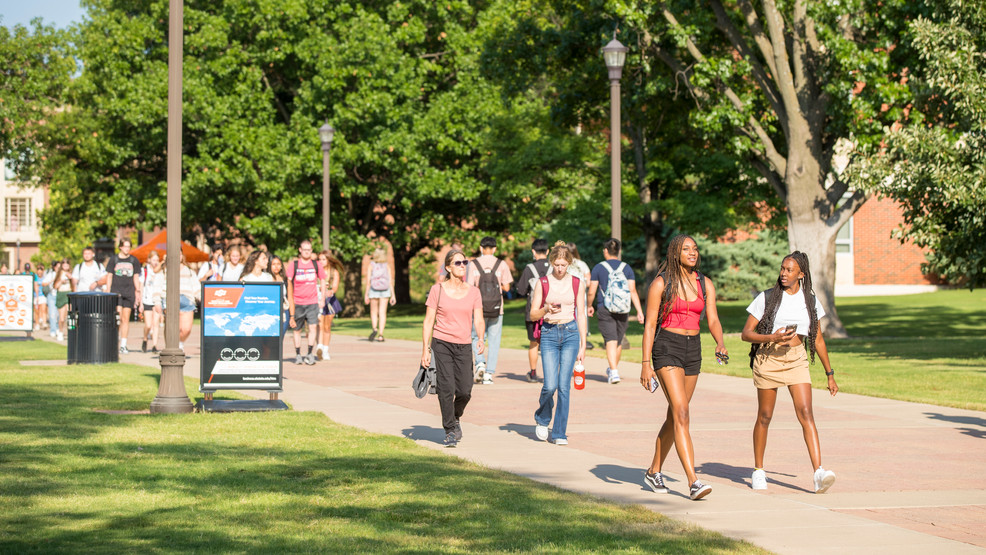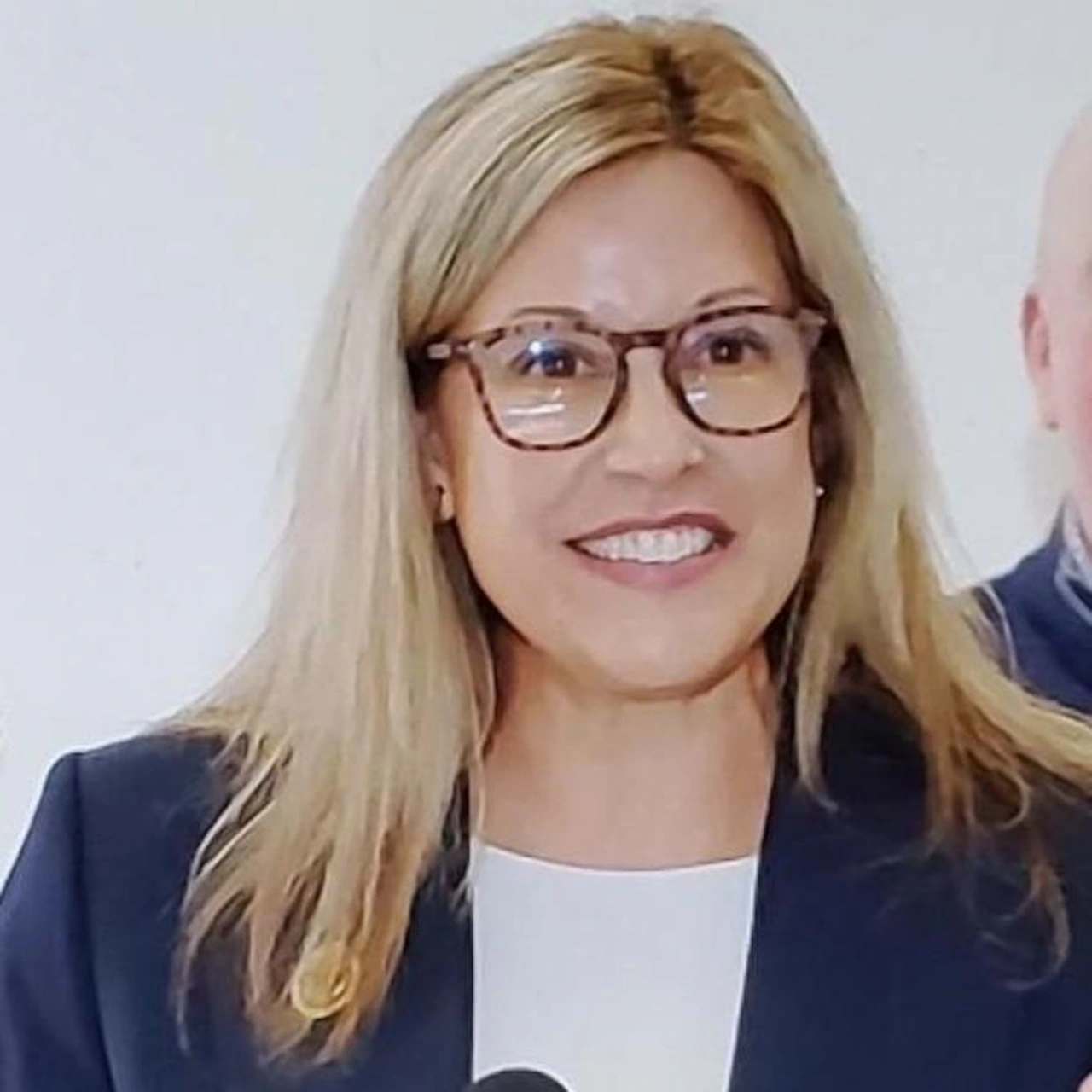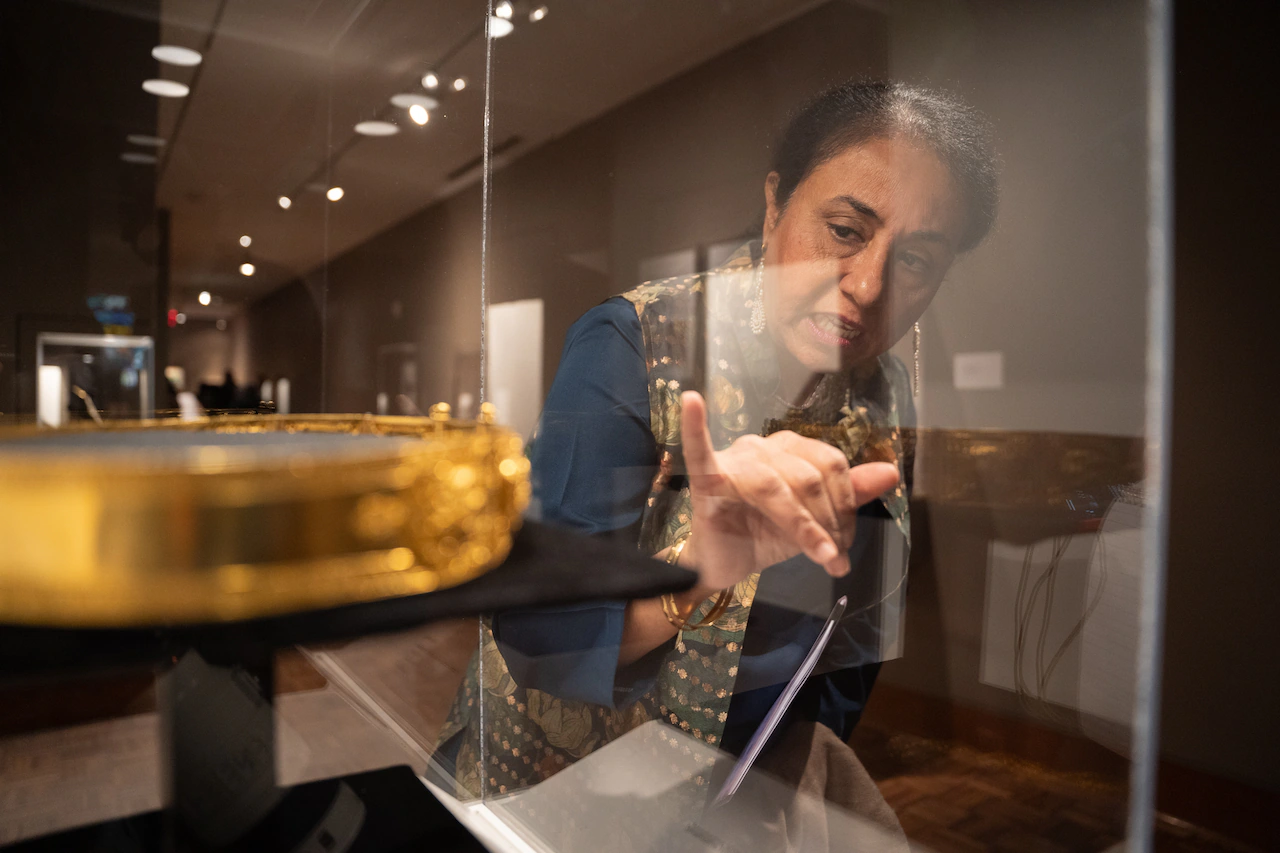
College is still worth the cost, according to most high school seniors.
Art & Science Group, a nonprofit education consulting firm, , both bound for college and those who decided to skip more school.
Cost is a concern, but it’s just one factor in the “value proposition” colleges and universities can offer, said Craig Goebel, a principal at Art & Science Group.
The new report, released Monday, showed over 90% of college-bound high school seniors view college as worth the cost, as did 80% of students who considered college but decided against it, and over half of high schoolers who said they never seriously considered going to college.
Goebel called the survey results “positive news at a time when there’s not a lot of positive news” for colleges and universities.
Goebel said he and his colleagues at Art & Science Group read the headlines about people questioning the value of higher education.
A last year showed just a quarter of the U.S. public believed a four-year degree was important for a well-paying job.
Just 17% of Republicans in the Pew Research Center survey said college was necessary for a well-paying job.
And that survey found that under a quarter of the American public viewed college as worth it if the student needed to take out loans.
Government data does show that with higher educational attainment. And the for college graduates is 2.7%, compared to 4.3% for high school grads.
The late conservative activist Charlie Kirk, who made his name by engaging young people in policy debate, activism and voting, wrote a book called “The College Scam” and told college students on his campus tour that “the value proposition that you are being offered is not worth the time or the money that many of you are forking over.”
Meanwhile, the Trump administration has been because of their policies.
And Goebel said universities are facing an “enrollment cliff,” with an expected drop in student population over the next decade coinciding with over the last 18 years.
I think it’s going to be more important than ever for institutions to ask themselves these difficult questions of what do we actually do? What is our promise? How are we making that happen? And how can we do that in a way that’s going to stand out in a very noisy world for a 17- and 18-year-old?” Goebel said.
Over four-fifths of the students surveyed by Art & Science Group self-reported cost as an influential factor on their enrollment decisions.
But Art & Science Group said it found cost to be more of a “tertiary” factor for incoming students when diving deeper into the data.
Perceptions of academic quality, outcomes, and the campus experience carry more weight than affordability alone.
“When you use more sophisticated analytical methods to tease out how important these are rather than just self-reported, then we actually find that cost is more of a tertiary concern, and that it more often than not is signaling a question about value,” Goebel said. “And in that value proposition, there’s the student experience, which weighs much more heavily than the cost does.”
He listed the strength of academics, the engagement with faculty, the student life, and the location as factors that often outweigh concerns about affordability.
There’s a disconnect between how the general public and the population of high school seniors view college value.
Goebel said that’s linked to the “immediacy of the decision.”
The kids who are in the thick of college planning still see the value, he said.
Black, Hispanic, and LGBTQ+ students, as well as lower-income and first-generation students, are more likely to identify affordability as a stronger factor in their decisions than white or straight/cisgender students, according to Art & Science Group
A quarter of students concerned with affordability said it limited the number of schools they could consider.
A fifth said cost kept them from attending their school of first choice.
But under 10% said affordability constrained their choice of a major.
Goebel said most colleges and universities would have little to gain by trying to cut costs or by shifting their aid strategy. He said most institutions are already at their peak of price optimization.
College experiences matter a lot, he said. And that should be the focus of institutions, while weighing holistic value over bottom-line cost.
“And I would argue that it’s going to matter even more today than it might have 10 or 20 years ago, given how much we’re seeing the work, the shifts in the workplace happening, the speed at which they’re happening with the introduction of AI in particular,” Goebel said. “We know that a lot of jobs that students could be quote-unquote ‘trained for’ today are not necessarily going to be the jobs that are going to be available in four years or five years. And so, by taking a broader, more liberal arts approach to education, then that allows you to be more flexible, to learn how to learn and to be adaptable in a quickly shifting workplace.”



